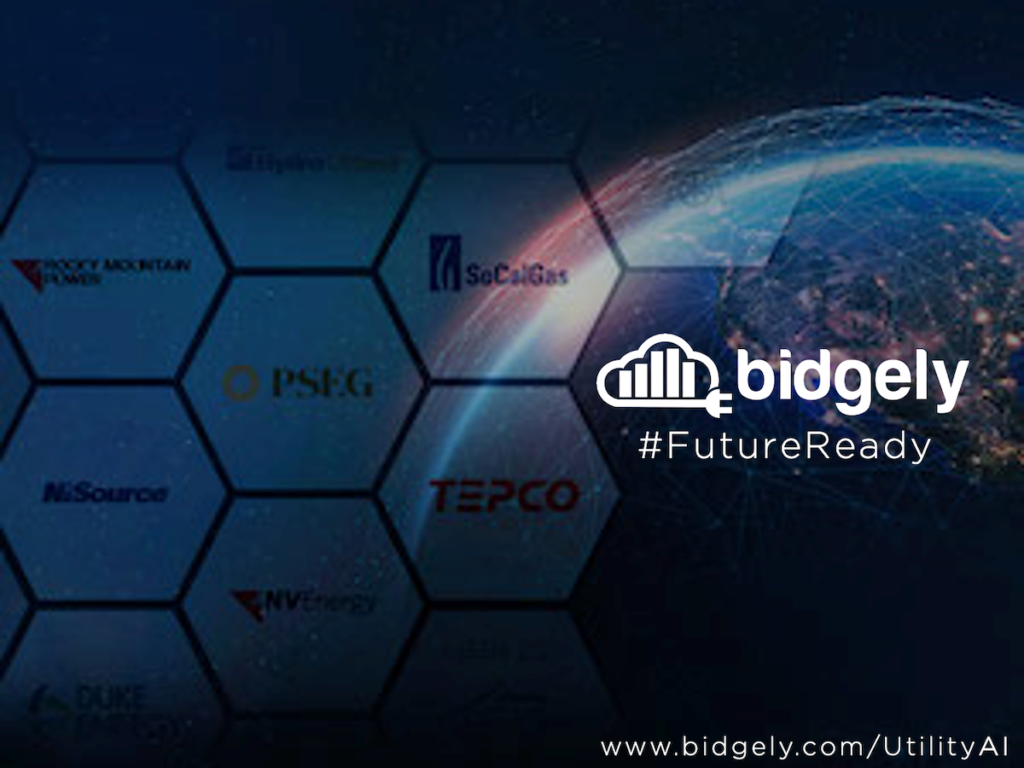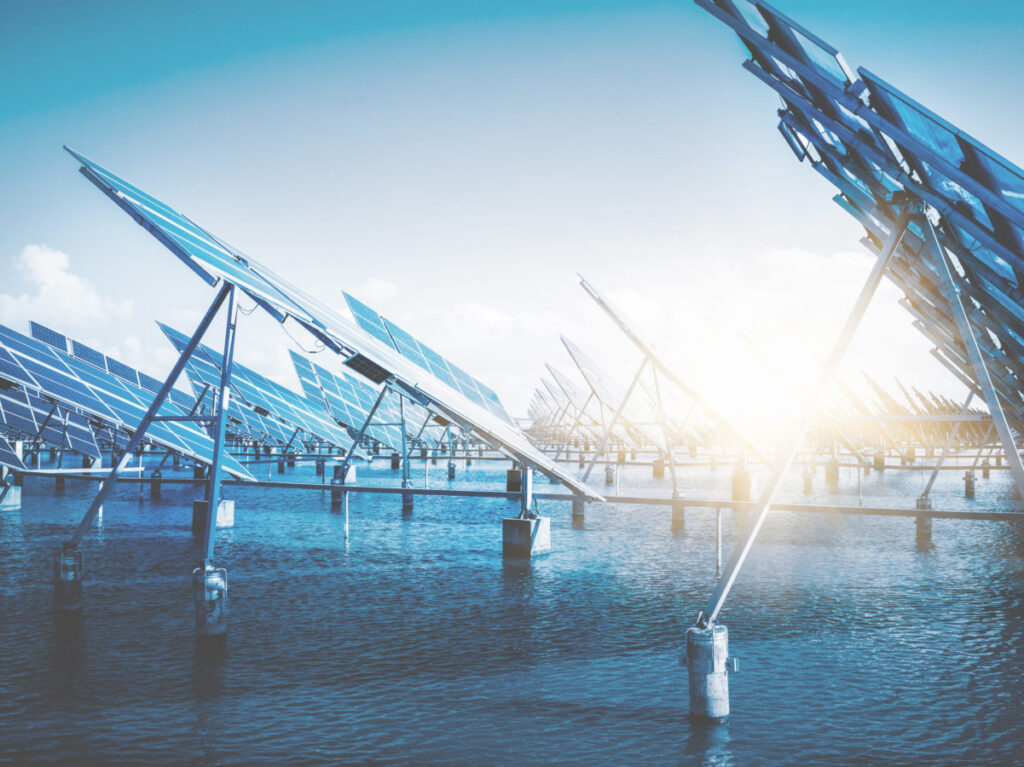The Year of Utility Transformation: Becoming Energy Resilient, Dynamic Energy Providers Through AI

Throughout a year of unprecedented change in 2020, utilities have been committed to developing energy resilience through innovation. While resilience is often thought of only in a grid capacity, this year has seen a fundamental shift in which resilience has also become people-first and empathy driven — both when it comes to utility employees and the customers they serve. The changes of 2020 have shaped how utilities operate, and these changes, if continued in the coming years, will best position utilities as dynamic energy providers.
This means empowering people with the right tools to take meaningful actions using the most efficient means possible, and offering support and solutions that not only bolster customer and employee satisfaction, but also serve as an unshakable foundation for enduring, positive relationships built on trust.
The Future of Customer Engagement is Digital
Digitalization and personalization have been the two biggest forces behind creating resilience within the utility industry. The trend toward digitalization that has progressed gradually over the past several years has accelerated like never before over the last six months, finally moving the energy industry toward a digital-first future.
A most obvious example of digitalization spurred by the pandemic is the home energy audit. Unable to enter customer homes to perform in-person assessments, utilities have transitioned to virtual audits using artificial intelligence-powered data analytics. Digital home energy reports (HERs) are another example, but even prior to the pandemic, many utilities were already implementing data-driven digital energy reports to modernize and personalize customer engagement that simultaneously boosted energy efficiency programs.
Rocky Mountain Power, for instance, replaced conventional paper reports with AI-powered digital reports that helped customers generate 41GWhs of energy savings, at an approximately 25 percent cost reduction. Additionally, the program received an 80 percent “Like” rating from customers. Southern California Gas Company also improved customer engagement through a digital report program that achieved 50 percent open rates – double the utility industry norm.
Though customer experience is often the catalyst behind a utility’s pursuit of AI strategies, data analytics also help utilities transform their existing data lakes into powerful decision-making tools.
In Europe, leading Slovakian utility VSE-RWE expanded its non-kWh revenue generation by creating a customer advisory and sales program delivered digitally through email and web portals, which increased the sale of non-commodity products, like smart thermostats, efficient water heaters and home insurance, by 100 percent. The utility’s personalized communications further received a 95 percent “Useful” rating from customers.
Benefits such as these prove to be an impetus for utilities to further investment in digitalization and AI programs as part of an integrated ecosystem to meet the changing needs of tomorrow. Utilities that have yet to leverage AI-powered analytics are now at the time when they either must adapt or risk being left behind.
Reinvention of Customer Segmentation
To fully enrich the customer experience, utilities have also recognized that increasing digital communications is only part of the equation. Being able to better serve customers is only possible by better understanding their individual energy needs and behavior.
Take customer segmentation, for instance. Traditionally, utilities have grouped customers into singular segments. In reality, customer segments are not only non-discrete but they are dynamic, meaning customers can fall within multiple segments depending on context-specific factors. Disaggregated appliance-level energy consumption data has now given utilities greater insights into their customers to not only provide more relevant communications but create more accurate target groups that address company-wide objectives, such as decarbonization, electrification and load shifting.
Customer targeting is one of the most essential elements to effective demand-side management for utilities, especially given the current priority placed on customer communications and personalization. Analytics based on advanced metering infrastructure (AMI) data provide a holistic view of all customers, including those often underserved, like low to medium consumption users, that helps pave the path forward for utilities to confidently step outside their comfort zones to become more dynamic energy providers.
Energy Resilience in 2021 and Beyond
Investments in data analytics has already yielded significant returns on investments for leading utilities around the world by providing new, cross-functional business intelligence within the organization, and it will continue to do so in the years to come if utilities prioritize budgets dedicated to AMI analytics. As the role of utilities evolves, data-driven strategies that aim to empower personalization and customer-driven experiences will be necessary in withstanding both the changes brought on by 2020 as well as future shifts in customer expectations and energy demands.





